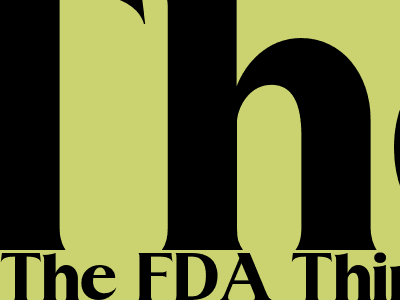
The FDA Thinks You Don’t Know Butter Contains Milk
Butter FAQ
What is butter?
Butter is a dairy product made from the fat of milk. It is typically made by churning milk or cream until the fat separates from the liquid. Butter can be used as a spread, in cooking, or in baking.
What is butter made of?
Butter is made from the fat of milk. It is typically made by churning milk or cream until the fat separates from the liquid. Butter contains about 80% fat, 15% water, and 5% milk solids.
What are the different types of butter?
There are many different types of butter, including:
- Sweet cream butter: This is the most common type of butter. It is made from sweet cream that has been churned until the fat separates from the liquid.
- Unsalted butter: This type of butter does not contain any salt. It is a good choice for people who are on a low-sodium diet.
- Cultured butter: This type of butter is made from cream that has been fermented with lactic acid bacteria. It has a slightly tangy flavor.
- European-style butter: This type of butter is made from butterfat that has been kneaded and washed. It has a higher fat content than regular butter.
What is butter used for?
Butter is used in a variety of ways, including:
- Spread: Butter can be used as a spread on bread, toast, crackers, and other foods.
- Cooking: Butter can be used in cooking to add flavor and richness to dishes. It can be used to sauté vegetables, fry eggs, and bake pastries.
- Baking: Butter is an important ingredient in many baked goods, such as cookies, cakes, and pies.
FDA Warns Consumers of Butter’s Milk Content
The Food and Drug Administration (FDA) is warning consumers that butter contains milk. The agency says that some people may not be aware of this fact, and they may be at risk of allergic reactions if they consume butter. The FDA's warning comes after several reports of people experiencing allergic reactions to butter. In some cases, these reactions have been severe. The FDA is urging consumers to read food labels carefully and to avoid eating butter if they are allergic to milk. The agency also recommends that people with milk allergies carry an epinephrine auto-injector in case they accidentally consume butter.
Symptoms of a Milk Allergy
Symptoms of a milk allergy can range from mild to severe. Some of the most common symptoms include:
- Skin rash
- Hives
- Swelling of the face, lips, tongue, or throat
- Difficulty breathing
- Vomiting
- Diarrhea
In severe cases, a milk allergy can cause anaphylaxis, which is a life-threatening allergic reaction. Symptoms of anaphylaxis include:
- Difficulty breathing
- Swelling of the face, lips, tongue, or throat
- Rapid pulse
- Dizziness
- Loss of consciousness
Treatment for a Milk Allergy
There is no cure for a milk allergy. The only way to prevent an allergic reaction is to avoid consuming milk and milk products. If you think you may have a milk allergy, it is important to see a doctor for diagnosis. Your doctor can also recommend ways to manage your allergy and avoid accidental exposure to milk.
Conclusion
The FDA's warning about butter's milk content is a reminder that it is important to read food labels carefully and to be aware of your food allergies. If you have a milk allergy, it is important to avoid consuming butter and other milk products.